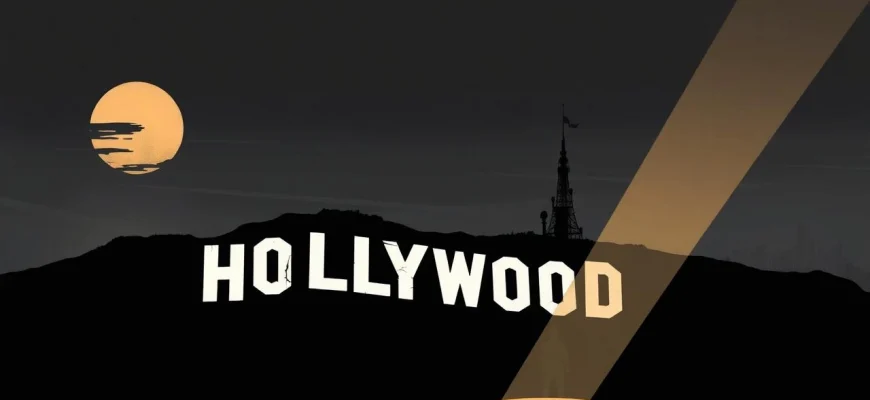If you're a fan of the classic noir film 'Sunset Boulevard' (1950), you're likely drawn to its dark, cynical portrayal of Hollywood and unforgettable performances. This article explores 10 movies and shows that capture the same themes of fame, obsession, and the dark side of show business. Whether you love the eerie atmosphere, the tragic characters, or the biting satire, these recommendations will keep you enthralled.
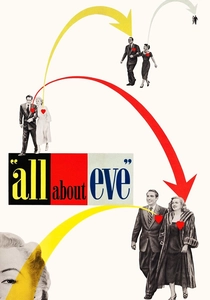
All About Eve (1950)
Description: Like Sunset Boulevard, All About Eve is a sharp critique of Hollywood and the entertainment industry, focusing on themes of ambition, aging, and the cost of fame. Both films feature strong female leads who grapple with their fading stardom and the ruthless nature of show business. The dialogue is similarly witty and biting, with a noirish undertone.
Fact: All About Eve won six Academy Awards, including Best Picture. Bette Davis's famous line, 'Fasten your seatbelts, it's going to be a bumpy night,' was ad-libbed. Marilyn Monroe has a small but memorable role in the film.
 Watch Now
Watch Now 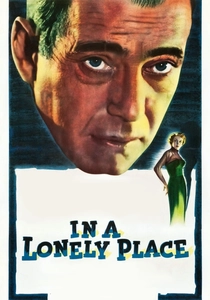
In a Lonely Place (1950)
Description: This noir film, like Sunset Boulevard, explores Hollywood's dark underbelly through a troubled protagonist. Both films blend romance with psychological tension, questioning the price of creativity and fame.
Fact: Humphrey Bogart's character was a departure from his usual heroic roles. The film was based on a novel but significantly altered for the screen. It's now regarded as one of the greatest noirs ever made.
 Watch Now
Watch Now 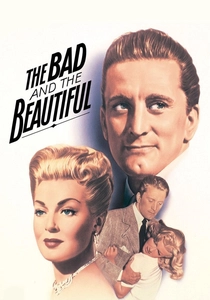
The Bad and the Beautiful (1952)
Description: This film delves into the dark side of Hollywood, much like Sunset Boulevard, exploring the manipulation and moral compromises behind the glamour. Both movies use flashbacks to unravel the protagonist's rise and fall, blending drama with a cynical view of the film industry.
Fact: The film won five Academy Awards, including Best Supporting Actress for Gloria Grahame. Kirk Douglas's character is loosely based on real-life Hollywood producers like David O. Selznick. The movie is known for its innovative use of narrative structure.
 Watch Now
Watch Now 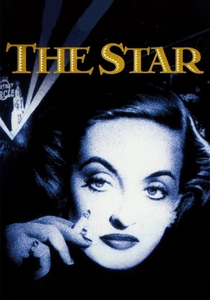
The Star (1952)
Description: The Star mirrors Sunset Boulevard's focus on a faded actress struggling to reclaim her glory. Both films offer a poignant, sometimes painful look at the aftermath of fame and the industry's harsh realities.
Fact: Bette Davis was nominated for an Oscar for her role. The script was inspired by real-life Hollywood has-beens. The film was a modest success but is now considered a cult classic.
 Watch Now
Watch Now 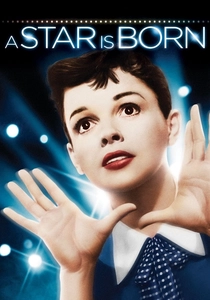
A Star Is Born (1954)
Description: A Star Is Born shares Sunset Boulevard's exploration of fame's fleeting nature and the personal toll it takes. Both films contrast the rise of a new star with the decline of an older one, set against the backdrop of Hollywood's glittering yet unforgiving landscape.
Fact: Judy Garland's performance is considered one of her best. The film was originally longer but was cut down by the studio, losing some musical numbers. It was remade twice, in 1976 and
 Watch Now
Watch Now 
What Ever Happened to Baby Jane? (1962)
Description: This psychological thriller, like Sunset Boulevard, examines the horrors of aging and obsolescence in Hollywood. Both films feature former stars living in delusion and desperation, with gothic overtones and intense performances.
Fact: Bette Davis and Joan Crawford, who had a famous rivalry, starred together. Davis wore heavy makeup to appear grotesque, a bold choice at the time. The film was a surprise hit and revived Davis's career.
 Watch Now
Watch Now 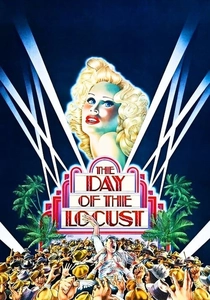
The Day of the Locust (1975)
Description: This film, like Sunset Boulevard, depicts Hollywood's destructive allure through a ensemble of desperate characters. Both films climax in violence, symbolizing the industry's dehumanizing effects.
Fact: Based on Nathanael West's novel, it's a scathing portrait of 1930s Hollywood. The riot scene is one of the most shocking in cinema. The film was a box office flop but gained a cult following.
 Watch Now
Watch Now 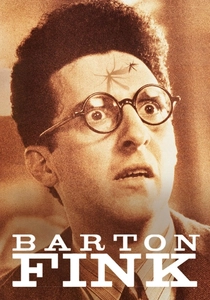
Barton Fink (1991)
Description: Barton Fink shares Sunset Boulevard's themes of artistic struggle and Hollywood's soul-crushing machinery. Both films depict writers caught in the industry's web, with surreal and nightmarish elements amplifying their critiques.
Fact: The Coen brothers wrote the script while struggling with writer's block on another project. It won the Palme d'Or at Cannes. John Turturro's performance is iconic, embodying the tortured artist.
 Watch Now
Watch Now 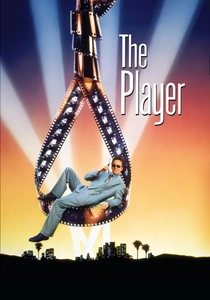
The Player (1992)
Description: The Player, like Sunset Boulevard, is a satirical take on Hollywood's cutthroat nature. Both films blend dark comedy with drama, featuring protagonists entangled in the industry's moral ambiguities. The Player's meta-narrative and insider references echo Sunset Boulevard's self-referential critique.
Fact: The film opens with an 8-minute tracking shot, a technical marvel. It features over 60 celebrity cameos. Director Robert Altman used real Hollywood executives as extras.
 Watch Now
Watch Now 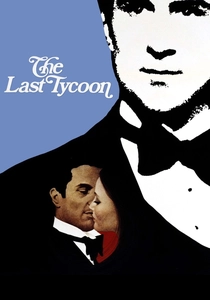
The Last Tycoon (1976)
Description: Based on F. Scott Fitzgerald's unfinished novel, The Last Tycoon examines Hollywood's golden age, much like Sunset Boulevard. Both films portray the industry's allure and corruption, with a focus on powerful, enigmatic figures.
Fact: It was Elia Kazan's final film. Robert De Niro starred as the titular tycoon. The screenplay was written by Harold Pinter.
 Watch Now
Watch Now 
